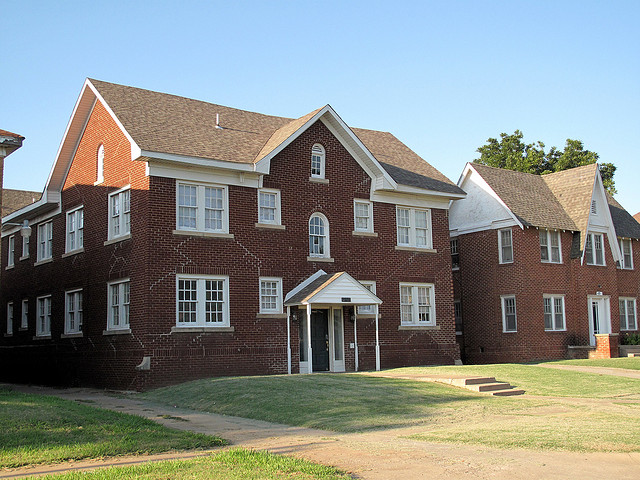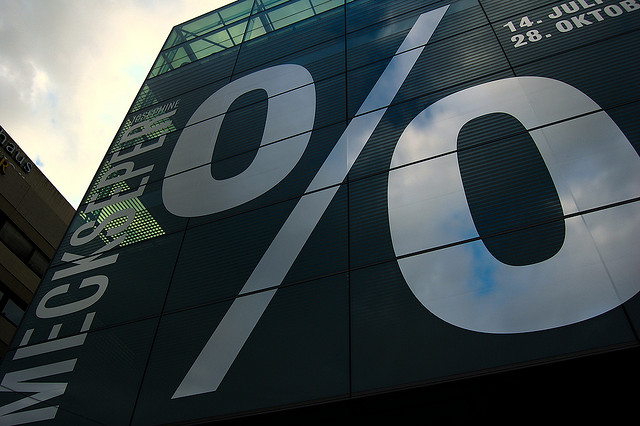Fine tuning your asset protection strategy for real estate investing
A few weeks back I wrote about how long term real estate investors can protect themselves from liability exposure. That […]
Fine tuning your asset protection strategy for real estate investing Read Post »









